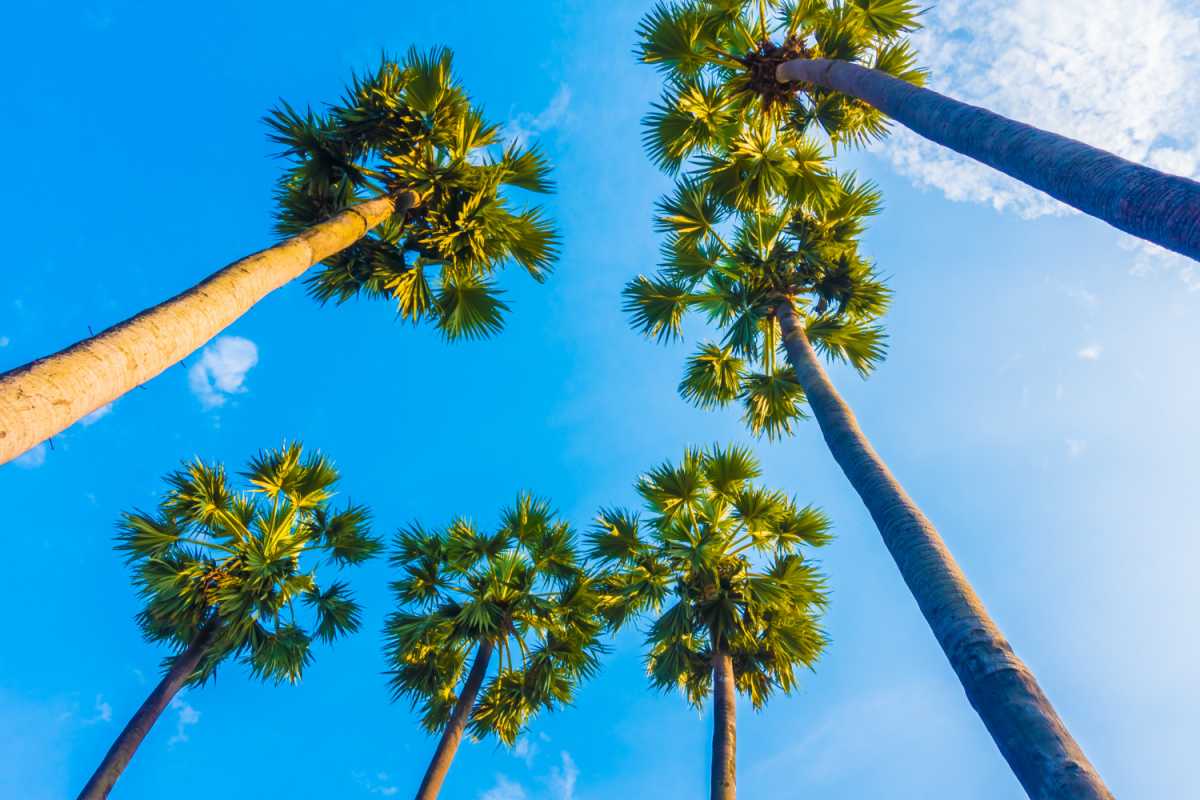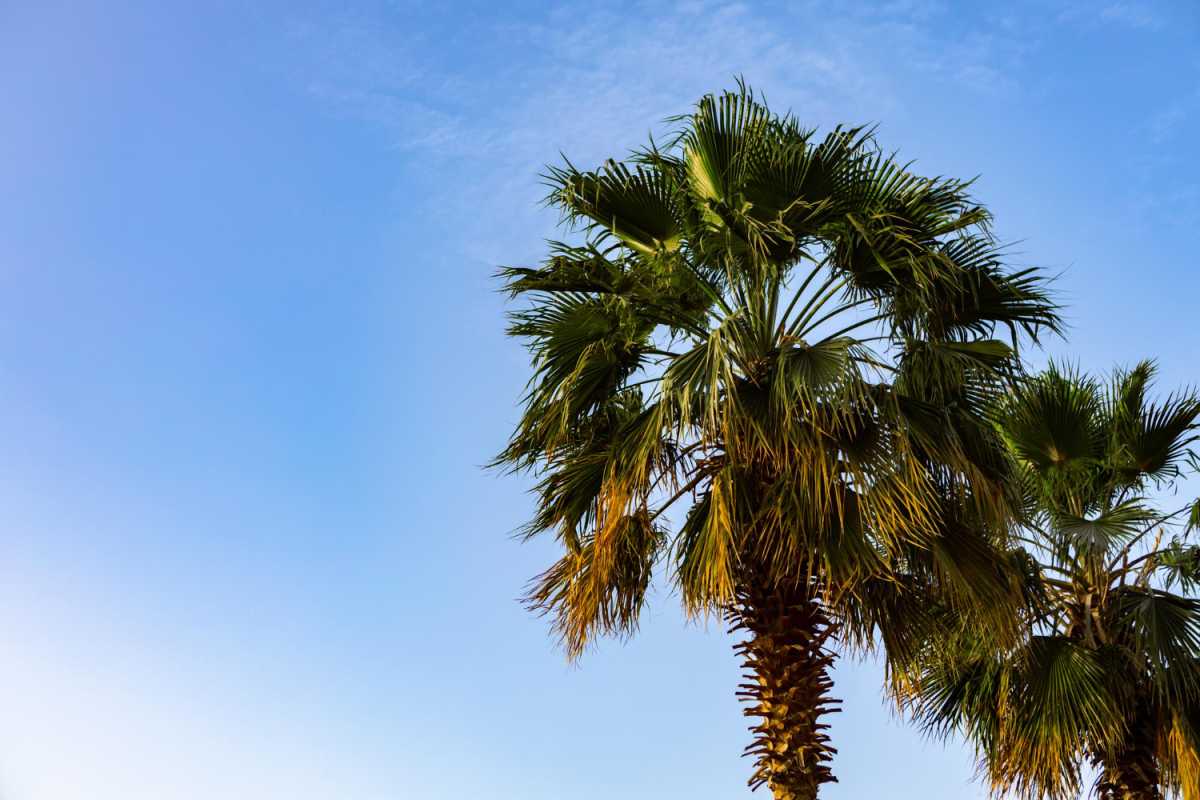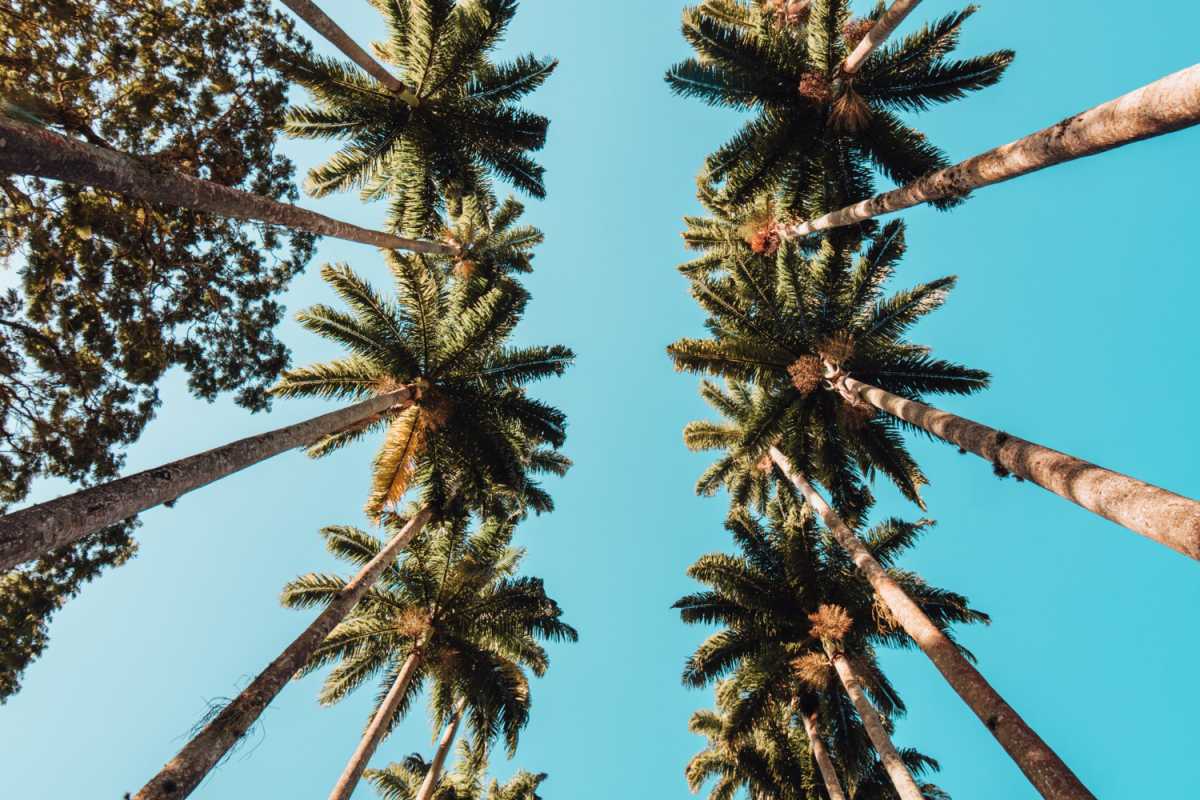Plant description
Laurel is an evergreen tree in the Lauraceae family. It is native to the coastal forests of California, at elevations up to 1,500 meters. It can be found in the Klamath Range, Coast Range, Transverse Range, and Sierra Mountains. It is most common between Sonoma and Santa Cruz counties.
It is a deciduous tree of variable size, generally ranging from 20 to 45 metres. Size and growth rate depend mainly on local conditions. It is one of the most tolerant plants in the garden.
The color of the shell varies from light yellow to walnut brown. Terpenes are released, which can kill competing plants and reduce plant growth. Its leaves are long, double-sided, fragrant, and often used as a culinary herb. In Northern California, they turn gold in the summer.
Flowers are small, green, yellow, or yellow-green; and they are open in late winter and spring. The fruit is round, greenish-green, pale yellow, and has a wavy color.

California Bay Laurel Tree
For more information, visit the Jepson Herbarium YouTube channel. Watch short videos about this species.
-
- Entertainment : Calscape Design
- Color : Yellow, Cream, White, Green
- Flower Time : Summer
- Private use : Changing bench, Fence
How to Plant and Grow California Laurel
California laurel is small and easy to grow. It is native to the West Coast. It is the only tree in the Lauraceae family found in the western United States. It grows well in full sun to partial shade and can grow up to 4 feet per year in the right climate. Yellow flowers with a greenish-white scent bloom in winter and spring. They are followed by olive-like fruits. The fruits are less attractive to birds and squirrels.
California wood, commonly referred to as laurel, is also known as myrtle. It is widely utilized in flooring, furniture, and offices. It is valued for its durability, color, and aesthetic appeal make it a highly valued material.
The green leaves of bay laurel are very aromatic and release a potent oil when crushed or torn. However, the source of the bay leaf is often used in cooking (also called laurel or bay laurel (Laurus nobilis)). Contact with California bay leaves may even cause skin irritation.
| Characteristic | Details |
|---|---|
| Genus Name | Umbellularia californica |
| Common Names | California Bay Laurel, Oregon Myrtlewood, Pepperwood, Bay Laurel |
| Plant Type | Shrub, Tree |
| Light Requirements | Part Sun, Sun |
| Height | 20 to 70 feet |
| Width | 20 to 35 feet |
| Foliage Color | Blue/Green |
| Special Features | Good for Containers, Low Maintenance |
| USDA Hardiness Zones | 7, 8, 9 |
| Problem Solvers | Drought Tolerant, Good For Privacy |
Where to Plant California Bay Laurel
Bay tree is an option. It grows in most soils in hardiness zones 7-9. It can grow on rocky slopes and steep, sheltered valleys and ravines. But, it grows best in well-drained areas. Soil where the tree can receive full sun or partial shade.
Train it as a hedge for a touch of green foliage or use it as a shade tree in a beach garden or riverside. You can also add a landscaped area or park to attract wildlife. Birds and small mammals like to use California laurel for food and shelter.
If your garden is small, you can enjoy the fragrant leaves of the California laurel. Just plant it in a pot to make a beautiful patio plant.
How to Plant California Laurel
Dig a hole 3 to 4 times larger than the California laurel’s root ball in early spring. Take the tree from the mulch or packaging. Trim as much of the roots as possible without harming the root ball. Place the tree in the hole with its best side facing the front of the viewing area. Fill the hole with equal parts compost and native soil. Firm the soil to eliminate air pockets and saturate the tree’s roots. If you are going to plant more trees, space them at least 300 meters by 20.97 meters apart. Under the right conditions, they can even reach 22 meters in height and width. They also provide good habitat and food source for birds and other wildlife.
Light
California Laurel grows best in full sun to partial shade. It attains heights of 1.2 meters under optimal sun and water exposure. It grows slowly in partial shade, but it is still a good plant.
Soil and Water
In the wild, California laurels are often found in coastal forests. They are also near rivers and lakes. Therefore, it is not surprising to choose a moist, well-drained soil with a neutral pH (5.0-8.0). Additionally, it grows well in poor, sandy, or clay soils. It can tolerate brief drought. However, drought conditions can cause the tree to die.
New plants need moist soil to grow, so regular watering may be necessary. Once established, your California laurel will not need more water. This is unless you have very hot, dry weather.
Heat and Humidity
They are true to their name. California laurel thrives in western climates. It thrives in temperatures ranging from 50 to 84 degrees Fahrenheit. But it can handle temperatures from -13 to 118 degrees Fahrenheit. California laurel is also not used to humidity. It grows well in cool, coastal climates.
Fertilizer
Old California laurels do not need fertilizer. But, young trees may benefit from some 0-20-0. Apply according to the package directions at planting. Then, apply at least once during the first two years of growth.
Pruning
California laurel can grow unattended. But, light pruning can help. This is true after the tree has grown big enough. Its upper branches have height and density. Before the first frost, remove damaged, yellow, or dead leaves. Encourage healthy growth by removing dead or crossed branches.
If you prefer a fence to a tree, you can also turn the California laurel into a hedge by pruning it occasionally. 97
However, California laurel trees are thought to be among the first victims of sudden death syndrome (SOD) 2. It is a fungal plant disease that is believed to have killed many trees in California and Oregon. It is a soil-borne disease. It is caused by a virus called Phytophthora ramorum. It infects many tree species, including trees, shrubs, oaks, and redwoods. Look for large cankers on the bark (mostly black or red slimy) and leaf spots and stems. Also look for white rot, honey fungus and anthracnose.

Propagate California Laurel
How to Propagate California Laurel
You can grow California Laurel from seed. But, the process is unreliable and slow. You can collect the seeds from the fruit shells of a good tree in late summer or early winter. Sow seeds now or store them in a cool, dry place (like a refrigerator). Keep them there until spring or for up to six months. Whether you plant or save your seeds. It’s a good idea to break up their rich surface to help them grow. You can use a hammer or nutcracker for this, but be careful not to damage it.
To germinate seeds, put your split seeds in a plastic bag. Fill the bag with equal parts perlite and pephagnum. Add the mixture and place the bag in the refrigerator for 3 to 4 months. When the seeds begin to sprout, press each seed about an inch (and root) into a growing container. The container should be 4 x 4 x 14 inches and filled with good potting soil. Put the container in a spot with full to partial sun. Keep the soil moist (but not wet) until the seedlings are ready to be planted outdoors (about 1 year). Repot California laurel into a larger container if necessary.
Some lucky botanists have managed to grow California laurel from small cuttings. But, we still need more research on how to do this reliably. If you want to try it, buy the tree in summer, when the leaves are green and soft. Cut back an 8- to 10-foot section of the tree and remove all but the top few leaves. Put the cutting in the rooting medium. Then, dig a straight hole in the container filled with sand. Insert the machined cutting into hole
and press to remove air bubbles in the sand. Place the jar in a sealed plastic bag and place it in a cool, warm place. After a month, check if your cutting is stuck in the sand. If so, you can remove the plastic bag and let it grow for another week or two before planting it outside.
California Bay Laurel
Umbellularia californica var. californica.
The genus Umbellularia includes one known species: Umbellularia californica var. californica. It can be found in Oregon and California (but can be grown under similar conditions). Zones 7-9
Umbellularia California var. fresnensis
Also Umbellularia californica var. It is found mostly in Fresno, California. It has white undersides on leaves, flowers, and branches. Zones 7-9
Umbellularia californica var. pendula
Another rare species of California laurel is Umbellularia californica var. Pendulum, with its many branches. Zones 7-9
Companion Plants: California Bay Laurel
Manzanita
Manzanita is an evergreen shrub that grows 6 to 12 feet tall in zones 8-10 (although it can grow larger). It is known for its purple, red, and pink flowers. They attract birds and bees on sunny days. Manzanita is drought-tolerant. It grows in full sun or partial shade. So, it grows well under California laurel or with other tall trees such as Douglas fir or redwood.


